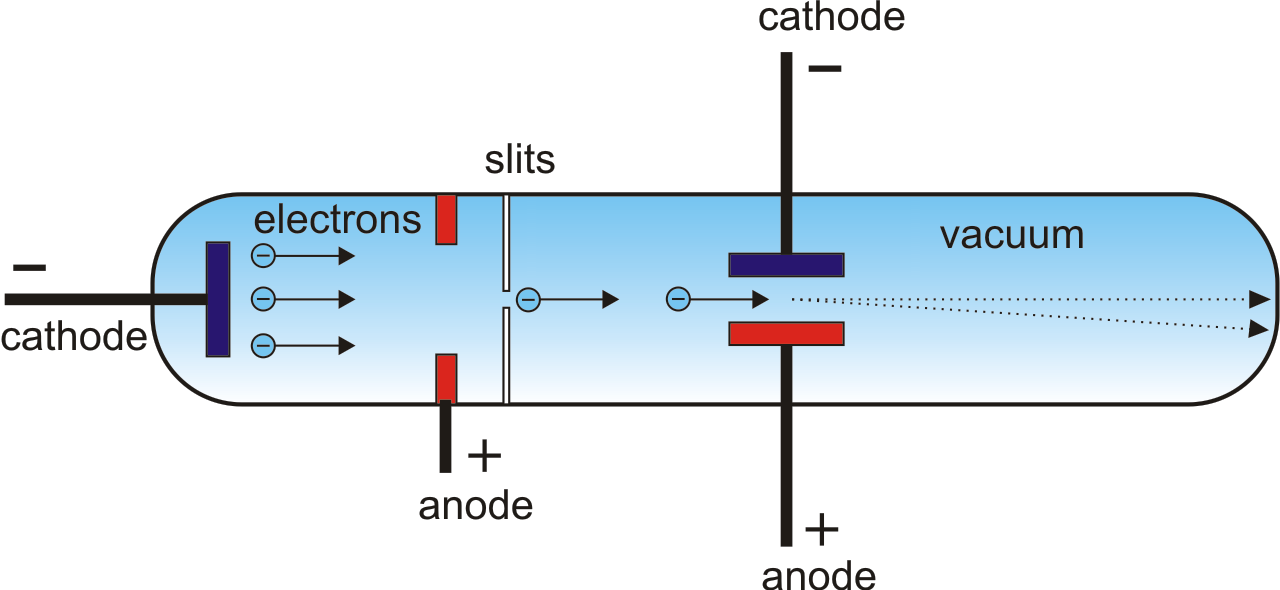

This stable and reproducible component allowed General Radio to manufacture an oscilloscope that was usable outside a laboratory setting. V. K. Zworykin described a permanently sealed, high-vacuum cathode ray tube with a thermionic emitter in 1931. Early cathode ray tubes had been applied experimentally to laboratory measurements as early as the 1920s, but suffered from poor stability of the vacuum and the cathode emitters. The Braun tube, forerunner of the CRT, was known in 1897, and in 1899 Jonathan Zenneck equipped it with beam-forming plates and a magnetic field for deflecting the trace, and this formed the basis of the CRT. These gave valuable insights into high speed voltage changes, but had a very low frequency response, and were superseded by the oscilloscope which used a cathode ray tube (CRT) as its display element. Main article: History of the oscilloscopeĮarly high-speed visualisations of electrical voltages were made with an electro-mechanical oscillograph. Special-purpose oscilloscopes may be used to analyze an automotive ignition system or to display the waveform of the heartbeat as an electrocardiogram, for instance. General-purpose instruments are used for maintenance of electronic equipment and laboratory work. Oscilloscopes are used in the sciences, medicine, engineering, automotive and the telecommunications industry. Modern digital instruments may calculate and display these properties directly. Originally, calculation of these values required manually measuring the waveform against the scales built into the screen of the instrument. The displayed waveform can then be analyzed for properties such as amplitude, frequency, rise time, time interval, distortion, and others. The main purposes are to display repetitive or single waveforms on the screen that would otherwise occur too briefly to be perceived by the human eye. Modern digital oscilloscopes automatically set the measurement parameters and calculate/display the signal values automatically.Īn oscilloscope (informally scope or O-scope) is a type of electronic test instrument that graphically displays varying electrical voltages as a two-dimensional plot of one or more signals as a function of time.

From the grid inherent to the screen together with the user-set parameters of the device shown at the upper display rim, the user may calculate the frequency and the voltage of the measured signal. Normal glass isn't particularly luminescent so tubes designed to produce light (like a CRT) are coated with phosphors.Typical display of an analog oscilloscope measuring a sine wave signal with 10 kHz. Basically, the electrons striking the glass excite components of the glass to an elevated electronic state which releases light upon returning to the ground state.

The glow of the glass envelope is luminescence-either fluorescence or phosphorescence (or both). In cold cathodes, electrons are released by field emission, where a large applied electric field allows electrons to tunnel away from a metal electrode. The electron beam is produced by thermionic emission in hot cathodes-electrons are liberated from a hot filament when the thermal energy is enough for electrons to exceed the filament's work function. If there's enough gas, you get a plasma rather than a beam of electrons. The vacuum doesn't have much to do with the production of electrons, per se, but without high vacuum, the electrons collide with gas particles before they travel very far.

The sharp shadows produced by Crookes tubes meant that something was travelling in a straight line from the cathode down the tube, so they were named cathode rays. The name exists because cathode ray devices predate the discovery of the electron. "Cathode rays" are simply beams of electrons.


 0 kommentar(er)
0 kommentar(er)
